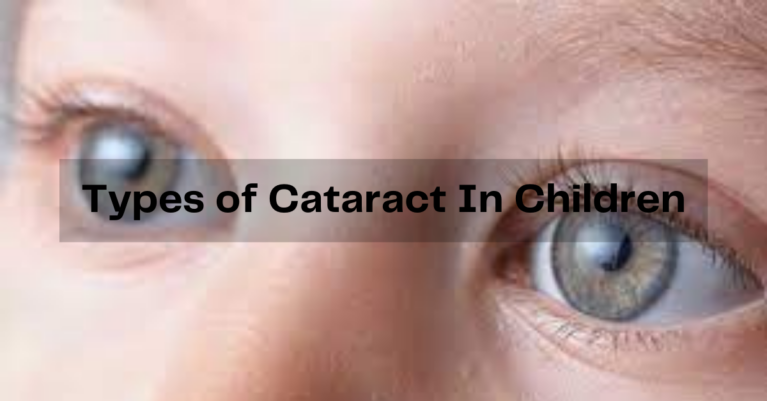
Contents
Children may have other types of cataracts. These include:
A congenital cataract is a clouding of the eye’s natural lens that is present at birth. Some babies are born with cataracts or get them in childhood. It often happens in both eyes. This type of cataract may not affect your child’s vision.
It occurs when the lens capsule, the membrane that was not removed during surgery and supports the lens implant, becomes cloudy and impairs your vision. These cataracts form because of another illness. This can include diabetes or an eye problem. In some cases, medications such as steroids can cause this type of cataract.
It is a clouding of the lens that may occur after either blunt or penetrating ocular trauma that disrupts the lens fibers. Cataracts can also happen because of an eye injury. They can occur right after your child’s eye gets hurt. Or they can occur years later.
Radiation cataract causes partial opacity or cloudiness in the crystalline lens and results from damaged cells covering the posterior surface of the lens. Some cataracts start after exposure to some types of radiation.
Cataracts are caused by a build-up of protein in the eye. In babies and children, congenital cataracts can be present from birth. They can also appear as a result of eye injuries (known as ‘traumatic cataracts’) or following eye surgery for other problems. The other reasons or causes for cataracts are:
Symptoms can be a bit different for each child. They can include:
Your child may need to have the following tests:
This is the eye chart test. It checks your child’s ability to see from different distances.
Your child will get eye drops. These make the pupils wider (dilated). This allows the healthcare provider to get a close-up view of the eye’s lens, retina, and optic nerve. The healthcare provider will look for signs of damage or other eye problems.
Cataracts that obscure vision should be removed as early as possible, even in the first weeks of life, to allow a clear retinal image. Surgical removal of a cataract in an infant or child is done under general anesthesia using an operating microscope. The lens is broken into small pieces with a microsurgical instrument and removed through a small incision.
The operation, which usually takes between 1 and 2 hours, will be carried out by an ophthalmologist, a doctor specializing in the treatment of eye conditions. If the cataracts are present from birth, the operation will be carried out as soon as possible, usually, 1 to 2 months after your baby is born. Before the operation, the ophthalmologist will apply drops to the eye to widen (dilate) the pupil. A very small cut is made in the surface (cornea) at the front of the eye and the cloudy lens is removed.
In some cases, a clear plastic lens called an intraocular lens (IOL) or intraocular implant will be inserted during the operation to replace the lens that’s removed. This is because the eye can’t focus without a lens. But it’s more common in babies and young children for external contact lenses or glasses (if both eyes are affected) to be used to compensate for the removal of the lens. These will be fitted a week or two after the operation.
Most ophthalmologists recommend using contact lenses or glasses in children under 12 months old at the time of surgery. This is because there’s a higher risk of complications and further surgery being needed in babies who have an IOL inserted. When the operation is complete, the incision in your child’s eye will usually be closed with stitches that gradually dissolve.
Once the cataract has been removed, focusing power may be restored in one of the following ways:
This is everything that you need to know about cataracts in children, their causes, symptoms, and treatments. For better assistance and consultation visit www.eyemantra.in